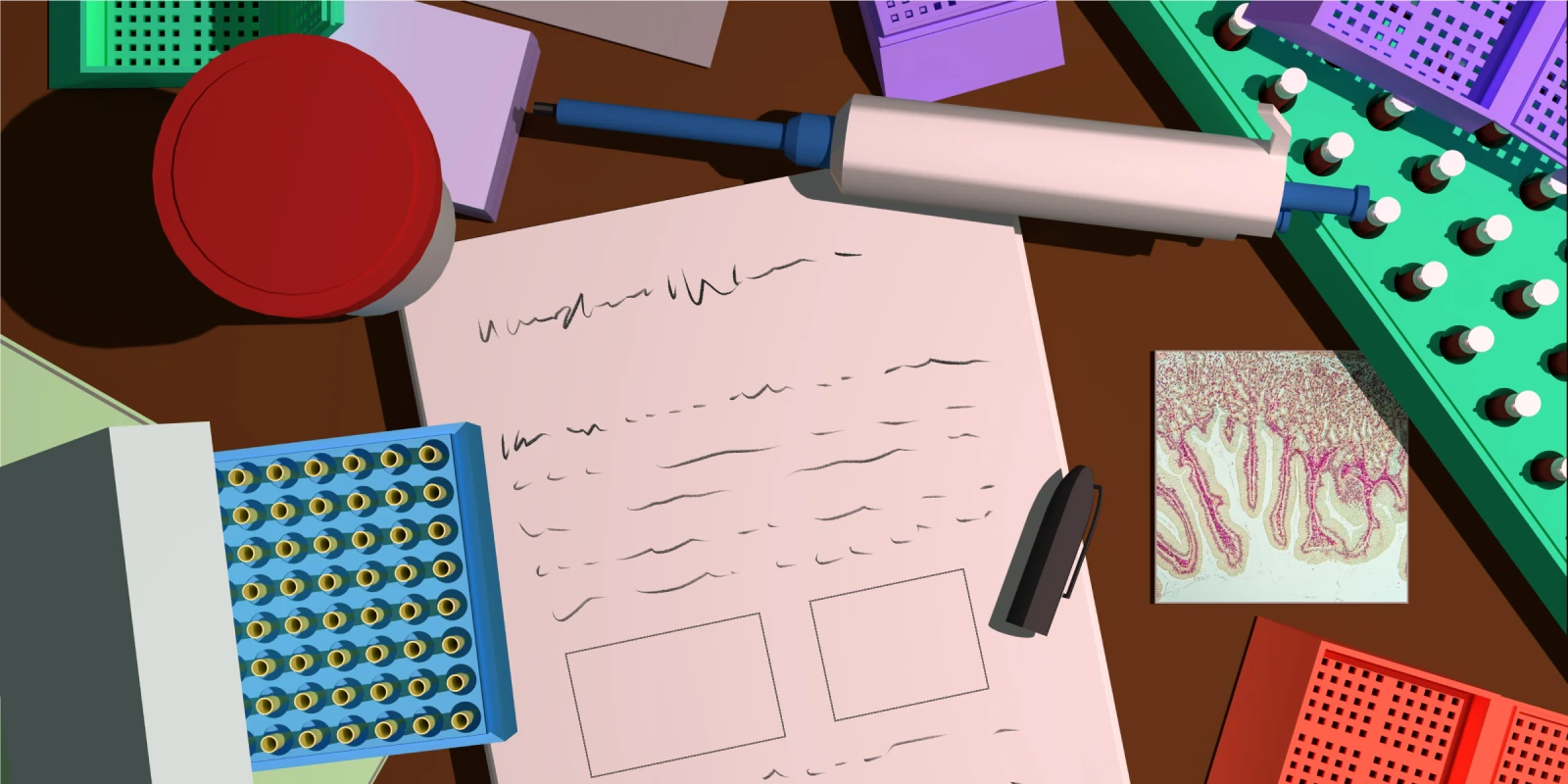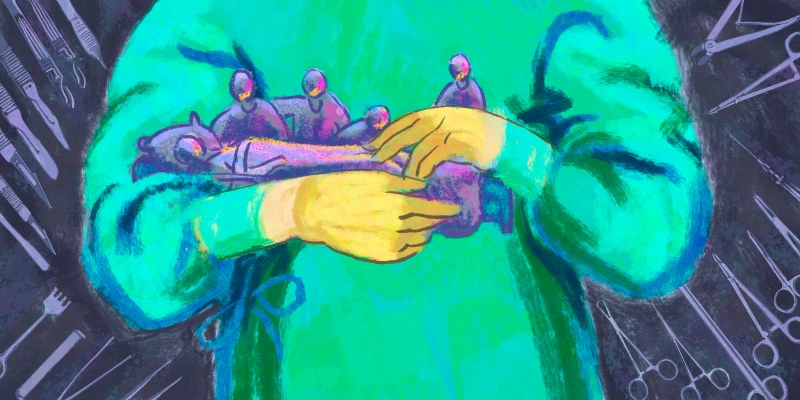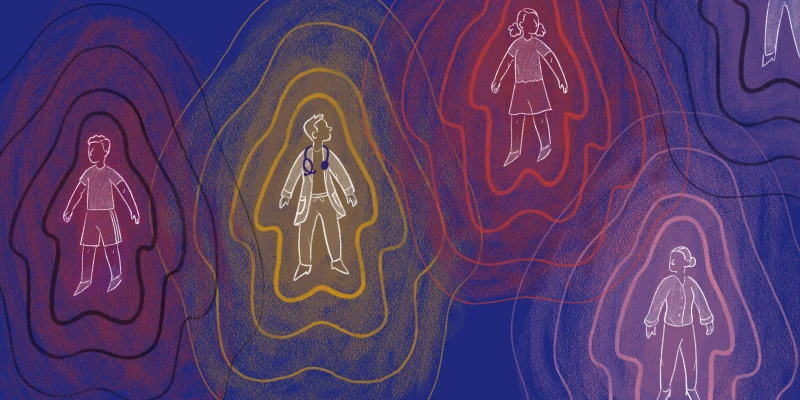The Virtual ASH Meeting was just held in early December. It demonstrated that although we missed the in-person interactions, the progress in the world of hematology was exceptional! Forward progress for Myeloproliferative neoplasms (myelofibrosis (MF), polycythemia vera (PV), and essential thrombocythemia (ET)) were significant in terms of biology and new therapies. In terms of biology there were many important contributions, but a particularly interesting late breaking abstract from the laboratory of Dr. Jyoti Nangalia reported that the genetric underpinnings of MPNs may begin in utero and identify how clonal evolution can have its start with germline changes at the beginning of life. It is fascinating science to unravel from these observations on the changes in stem cells, cloncal evolution, ties with evolutionary stresses during the aging process, and possible ties with clonal hematopoiesis. Much more to come!
Clinical insights were numerous at ASH, with a robust pipeline of new therapies in particular for MF, as well as PV and ET. The progress in the field was best brought into focus by a poster presentation from the MD Anderson team of Dr. Srdan Verstovsek, showing a significant improvement in MF survival during the past decade versus pre-2010, especially amongst patients who had received a JAK inhibitor. I would organize the key clinical takeaways in a few categories.
MF Therapies Impacting Survival
It has been previously demonstrated that ruxolitinib likely improves survival in patients with MF, especially if they have a decrease in spleen volume >10%. At this year's ASH meeting, survival was very much on the agenda. First, Imetelstat IMBARK trial, presented by Dr. Mascarenhas of Mt. Sinai, showed a likely survival advantage in second line therapy (ruxolitinib failing patients) with higher doses of imetelstat (to be validated in a clinical trial). Additionally, long-term data regarding the JAK and ACVR1 inhibitor Momelotinib showing survival ranges suggestive of a survival advantage in both front and second line settings from the SIMPLY 1 and 2 trials. We will likely hear more about survival, and surrogates of survival, for MF drugs moving forward.
MF Pipeline Robust
Several new agents with robust phase 2 data, many moving onto phase 3 trials, were reported either alone of in combination. The BET inhibitor CPI-0610, BCL2 Inhibitor Navitoclax, LSD1 inhibitor IMG-7289, and Telomerase Inhibitor Imetelstat. In the front line setting data from CPI-0160 in combination with ruxolitinib showed in phase II trial significant rates of spleen volume response and total MF symptom response much higher than historical values of response to single agent JAK inhibitors. Both “add on trials” of CPI-0610 to ruxolitinib, and parallel trial of additing navitoclax onto ruxolitinib, for suboptimal responders to rux demonstrated significant incremental spleen and symptoms responses (as well as activity against fibrosis, anemia and or mutant allele burden). In parallel data from use of the TGF-beta ligand trap luspatercept to aid anemia in patients with MF were robust and are being confirmed in phase III trials. Finally, multiple favorable single arm phase II trials of second line single agents post ruxolitinib reported (imetelstat, IMG-7289, CPI-0610). Phase III data from all of these agents will be important to see 1) comparison with current state 2) subsets of responders 3) how this impacts current treatment algorithms.
Changing Options in PV
In a focused session on polycythemia vera, the growing importance of the role of interferon therapy was front and center. First, long-term data from the Weill Cornell team led by Dr. Richard Silver showed safety, tolerability, long term disease control, and possible avoidance of disease progression for patients with PV. Next, long-term data from the trial of Ropegylated Interferon Alpha 2b (besremi, AOP Pharma Austria) show continued outstanding PV disease control, protection against vascular events, and superiority to the control arm of hydroxyurea in controlling JAK-V617F. In addition to interferon, a new category of therapy (PTG-300 hepcidin agonist to mimic phlebotomy for PV patients) was reported to have very favorable pilot trial data from Dr. Kremyankaya in low risk PV. Both interferons and possibly hepcidin agonists may further significantly alter the treatment paradigm for PV from current state of hydroxyurea and ruxolitinib.
ASH 2020 highlights a robust pipeline of new therapy options offering hope for many additional treatment options for treating physicians to select and MPN patients to benefit from in the near future.
Illustration by Jennifer Bogartz







